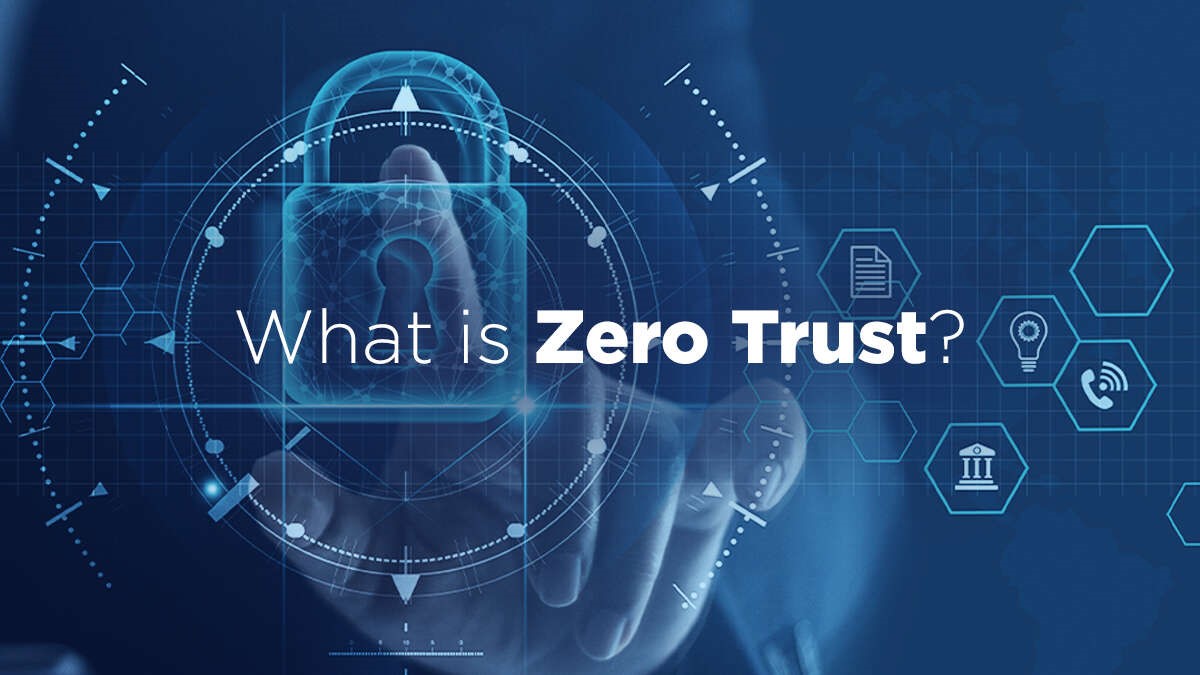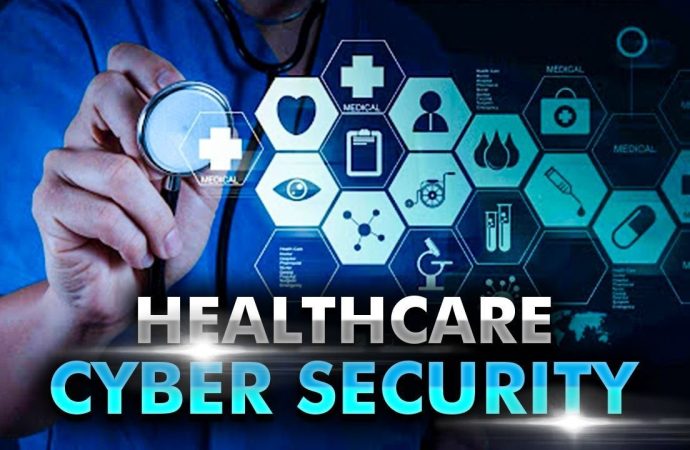The healthcare industry has long been a prime target for cybercriminals due to the sensitive nature of the data it handles. As the sector continues to embrace digital transformation, the need for robust cybersecurity measures has never been more critical. This article delves into the current trends in healthcare cybersecurity, highlighting the key areas of
The healthcare industry has long been a prime target for cybercriminals due to the sensitive nature of the data it handles. As the sector continues to embrace digital transformation, the need for robust cybersecurity measures has never been more critical. This article delves into the current trends in healthcare cybersecurity, highlighting the key areas of focus and the strategies being employed to safeguard patient data, ensure regulatory compliance, and maintain the integrity of healthcare systems.
Increasing Sophistication of Cyber Threats
One of the most significant trends in healthcare cybersecurity is the increasing sophistication of cyber threats. Cybercriminals are continually developing more advanced techniques to infiltrate healthcare systems. Ransomware attacks, in particular, have become more prevalent and damaging. These attacks often result in the encryption of critical patient data, rendering it inaccessible until a ransom is paid. The healthcare sector must remain vigilant and adopt advanced threat detection and response mechanisms to counter these evolving threats.
Adoption of Zero Trust Architecture
Zero Trust Architecture (ZTA) is gaining traction in the healthcare industry as a robust security framework. Unlike traditional security models that rely on perimeter defenses, Zero Trust operates on the principle that no user or device should be trusted by default, regardless of whether they are inside or outside the network. This approach requires continuous verification of user identities and device integrity, thereby reducing the risk of unauthorized access. Implementing ZTA can significantly enhance the security posture of healthcare organizations by minimizing potential attack vectors.
Emphasis on Endpoint Security
As healthcare organizations increasingly rely on a myriad of devices, including Internet of Things (IoT) devices, ensuring endpoint security has become paramount. Each connected device represents a potential entry point for cybercriminals. To mitigate this risk, healthcare providers are investing in comprehensive endpoint security solutions that offer real-time monitoring, threat detection, and automated response capabilities. These solutions help protect critical medical devices and ensure the continuity of patient care.

Picture by: Yandex.com
Enhanced Data Encryption Practices
Data encryption is a fundamental component of healthcare cybersecurity. With the growing volume of sensitive patient information being stored and transmitted electronically, robust encryption practices are essential to protect data from unauthorized access. Healthcare organizations are adopting advanced encryption standards (AES) and end-to-end encryption (E2EE) to safeguard data both at rest and in transit. Additionally, implementing encryption key management solutions ensures that encryption keys are securely stored and managed.
Regulatory Compliance and Data Privacy
Compliance with regulatory frameworks such as the Health Insurance Portability and Accountability Act (HIPAA) and the General Data Protection Regulation (GDPR) remains a top priority for healthcare organizations. These regulations mandate stringent data protection measures and impose severe penalties for non-compliance. To meet these requirements, healthcare providers are investing in comprehensive compliance management solutions that offer real-time monitoring, audit trails, and reporting capabilities. Ensuring compliance not only protects patient data but also helps maintain the trust of patients and stakeholders.
Integration of Artificial Intelligence and Machine Learning
Artificial Intelligence (AI) and Machine Learning (ML) are revolutionizing healthcare cybersecurity by enabling more proactive and predictive security measures. AI-powered solutions can analyze vast amounts of data to identify patterns and anomalies that may indicate a potential cyber threat. Machine learning algorithms continuously learn from new data, improving their ability to detect and respond to emerging threats. By integrating AI and ML into their cybersecurity strategies, healthcare organizations can enhance their threat detection capabilities and respond more effectively to cyber incidents.
Focus on Employee Training and Awareness
Human error remains one of the most significant vulnerabilities in healthcare cybersecurity. Phishing attacks, in particular, often exploit the lack of awareness among employees. To address this issue, healthcare organizations are prioritizing employee training and awareness programs. Regular training sessions, simulated phishing exercises, and ongoing education initiatives help employees recognize and respond to potential cyber threats. A well-informed workforce is a critical line of defense against cyberattacks.

Picture by: Yandex.com
Implementation of Multi-Factor Authentication
Multi-Factor Authentication (MFA) is becoming a standard practice in healthcare cybersecurity. MFA requires users to provide multiple forms of verification before gaining access to sensitive systems and data. This additional layer of security significantly reduces the risk of unauthorized access, even if login credentials are compromised. Healthcare organizations are implementing MFA across all critical systems, including electronic health records (EHR) and patient management systems, to enhance security and protect patient data.
Strengthening Network Security
Network security remains a core focus for healthcare organizations. With the increasing use of cloud-based services and remote access solutions, securing network infrastructure is more important than ever. Healthcare providers are adopting advanced network security solutions, such as intrusion detection and prevention systems (IDPS), secure access service edge (SASE), and virtual private networks (VPNs), to protect their networks from cyber threats. These solutions help ensure that data transmitted across the network is secure and that unauthorized access is prevented.
Incident Response and Recovery Planning
Despite the best preventive measures, cyber incidents can still occur. Healthcare organizations must be prepared to respond swiftly and effectively to minimize the impact of a cyberattack. Incident response and recovery planning are critical components of a comprehensive cybersecurity strategy. Healthcare providers are developing and regularly updating their incident response plans, conducting tabletop exercises, and investing in disaster recovery solutions. These measures ensure that organizations can quickly restore operations and protect patient data in the event of a cyber incident.
Conclusion
The healthcare industry faces a dynamic and evolving threat landscape that requires continuous adaptation and innovation in cybersecurity practices. By adopting advanced security frameworks, leveraging cutting-edge technologies, and prioritizing employee training and awareness, healthcare organizations can enhance their cybersecurity posture and protect sensitive patient data. As cyber threats continue to grow in sophistication, the healthcare sector must remain vigilant and proactive in its efforts to safeguard the integrity and confidentiality of its systems and information.
















